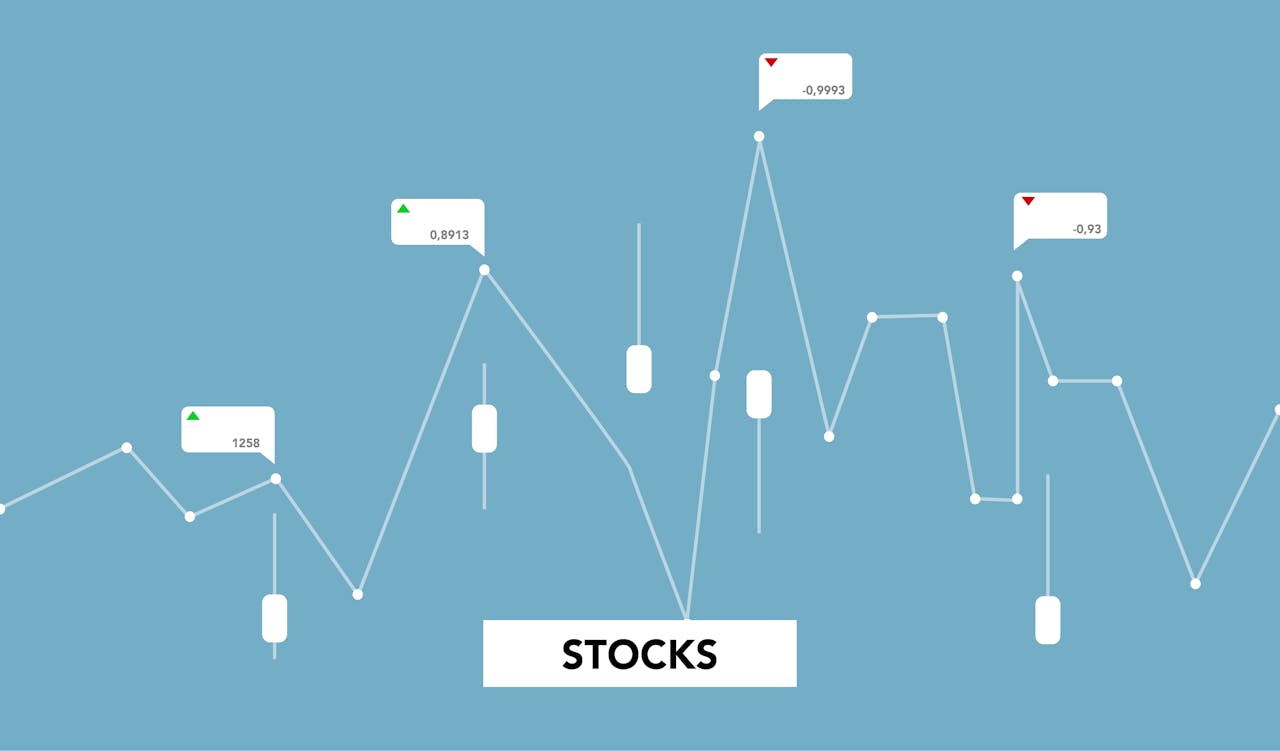When it comes to investing in the stock market, two of the most prominent strategies are value investing and growth investing. Both approaches have their unique philosophies, methodologies, and potential for returns. Understanding the differences between these two strategies can help investors make informed decisions aligned with their financial goals. This essay will explore the fundamental principles, advantages, and challenges of value investing and growth investing, along with practical examples to illustrate each approach.
What is Value Investing?
Value investing is a strategy that involves identifying undervalued stocks that are trading for less than their intrinsic value. The primary goal is to purchase these stocks at a discount, based on the belief that the market will eventually recognize their true worth, leading to price appreciation over time. Value investors often rely on financial metrics such as the price-to-earnings (P/E) ratio, price-to-book (P/B) ratio, and dividend yield to identify potential investments.
Key Principles of Value Investing
- Intrinsic Value: Value investors seek to determine a company’s intrinsic value, which is the perceived true worth based on fundamentals rather than market prices. This often involves analyzing financial statements, earnings reports, and industry conditions.
- Margin of Safety: A critical concept in value investing, the margin of safety refers to the difference between a stock’s intrinsic value and its market price. A significant margin provides a cushion against potential losses if the investment does not perform as expected.
- Long-Term Focus: Value investing is inherently a long-term strategy. Investors may hold onto undervalued stocks for years, waiting for the market to correct its pricing.
Advantages of Value Investing
- Reduced Risk: By investing in stocks with a margin of safety, value investors may reduce their risk exposure.
- Market Inefficiencies: Value investing exploits market inefficiencies, capitalizing on the disconnect between market price and intrinsic value.
- Dividends: Many value stocks are established companies that pay dividends, providing investors with regular income.
Challenges of Value Investing
- Time-Consuming: Thorough research and analysis are essential, making value investing more time-consuming than other strategies.
- Market Timing: It can be difficult to predict when a stock will reach its intrinsic value, leading to prolonged periods of underperformance.
- Emotional Fortitude: Value investors must be patient and resilient, as the market may remain irrational longer than they can stay solvent.
What is Growth Investing?
Growth investing focuses on identifying companies that are expected to grow at an above-average rate compared to their industry or the overall market. Growth investors prioritize capital appreciation over dividends, often investing in younger, innovative companies poised for rapid expansion. This strategy involves analyzing earnings growth, revenue increases, and market trends.
Key Principles of Growth Investing
- Earnings Growth: Growth investors look for companies with strong earnings growth potential, often examining historical performance and future projections.
- Market Trends: Identifying trends that could drive a company’s growth is essential. This may involve analyzing industry developments, technological advancements, or changes in consumer behavior.
- P/E Ratios: Unlike value investing, growth investors are often willing to pay higher P/E ratios, as they believe the company will continue to grow and justify the premium price.
Advantages of Growth Investing
- High Return Potential: Growth stocks can offer substantial returns if the companies achieve their growth targets.
- Innovation: Investing in innovative companies often means being at the forefront of new technologies and market shifts.
- Capital Appreciation: Growth investors typically prioritize price appreciation, leading to significant portfolio growth over time.
Challenges of Growth Investing
- Higher Risk: Growth stocks can be volatile, with prices subject to rapid fluctuations based on market sentiment or earnings announcements.
- Valuation Difficulties: Determining the fair value of a growth stock can be challenging, as traditional valuation metrics may not apply.
- Limited Dividends: Many growth companies reinvest profits back into the business, resulting in limited or no dividend payouts.
Comparing Value Investing and Growth Investing
Investment Philosophy
Value investing is rooted in the belief that the market often misprices stocks, while growth investing focuses on identifying companies that will grow at an accelerated pace. Value investors look for bargains, whereas growth investors seek out high-potential opportunities.
Risk and Return
Value investing is generally considered less risky due to the emphasis on buying undervalued stocks with a margin of safety. In contrast, growth investing involves a higher level of risk but offers the potential for greater returns. The volatility of growth stocks can lead to significant price swings, both upward and downward.
Time Horizon
Both strategies require a long-term perspective, but the time horizon can vary. Value investors may hold stocks for years, while growth investors often monitor their investments closely, ready to capitalize on trends or make quick decisions based on market changes.
Practical Examples
Value Investing Example: Warren Buffett
Warren Buffett, one of the most successful value investors, has built his fortune by identifying undervalued companies such as Coca-Cola and American Express. His investment philosophy emphasizes patience, thorough research, and a strong understanding of intrinsic value.
Growth Investing Example: Amazon
Amazon is a prime example of a growth stock. Initially, investors were skeptical of its profitability potential. However, its aggressive expansion and innovative approach to e-commerce and cloud computing led to substantial revenue growth, making it one of the most valuable companies in the world.
Conclusion
Both value investing and growth investing offer unique advantages and challenges, catering to different investor preferences and risk tolerances. Understanding the fundamental differences between these two strategies can empower investors to make informed decisions that align with their financial goals. Whether opting for the disciplined approach of value investing or the dynamic nature of growth investing, each strategy has the potential to yield significant returns in the long run. By carefully analyzing market conditions and individual investment opportunities, investors can navigate the complexities of the stock market and enhance their chances of success.



